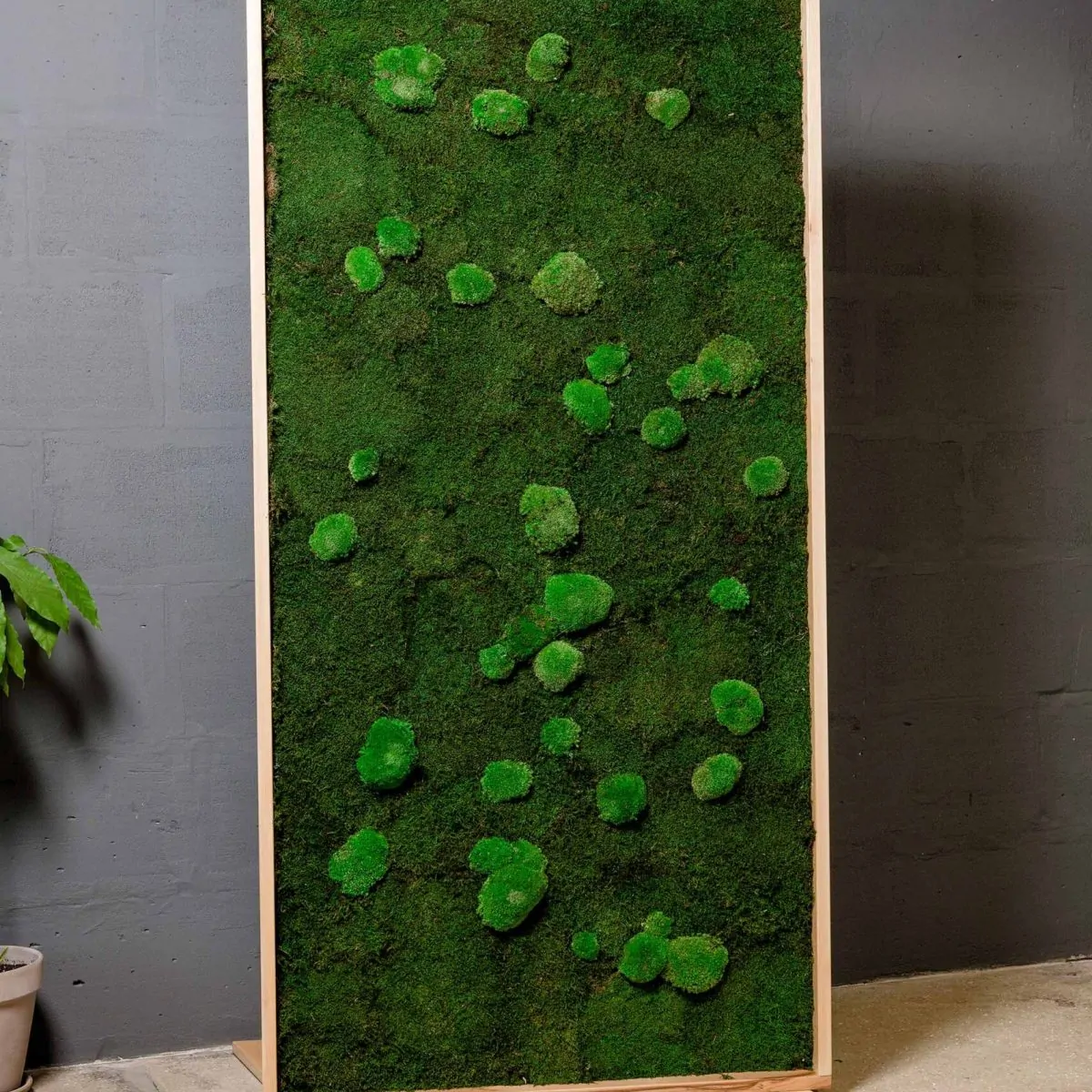 |
 |
4
PREPARING THE MORTISES
|
1 |
![]()
![]()
 Marking the mortises
Marking the mortises
The first step in making the back is to lay out the mortises for the slats on the posts. Clamp the two pieces of square post stock side-by-side on a work surface. Mark a centerline down the length of each post and use this as a guide for centering the mortises. Then use a piece of slat stock to outline the position of the mortises on one post blank. Determine the position of the slats by taking into account the number of slats, the length of the post, and the spacing between each slat. Use the marked blank as a template for the other post, transferring the finished outline with the aid of a square (left). [4]

|
|
|
|
|
|
|
|
|
|
|
|


|
|
|
|
|
|
|
|
|
|
|
|
|
|
|
|
|
|

![]()
Flexible hose

![]()
Steaming the slats
Turn on the steam source and mark the center of the work – piece to be bent. As soon as steam begins to escape from the drain hole, place the workpiece inside. Close the end cap tightly and let the workpiece steam until it is soft. As a rough guide, steam air-dried lumber for one hour per inch of thickness; half
that time for green wood. To avoid scalding your hands, wear work gloves and use tongs to handle the stock (above). The stock can now be bent over a plywood form shaped to the desired curve and then clamped in place until in dries. Or use the jig shown on the following page.
BENDING FORM
The simple jig shown at right will enable you to bend wood slats to the desired shape once they have been softened by steaming. It consists of two pieces of square stock for a top and bottom support and three equal lengths of dowel. The mortises for the dowels should be centered along the length of the top and bottom supports, one at each end and one in the middle. The distance between the two outside dowels should be slightly less than the span of a slat when it is curved. The dowels should be thick enough to withstand the pressure of the bending—at least % inch thick.

 To use the bending form, take each slat out of the steam-bending jig and quickly fit it between the dowels (right, bottom). Wear gloves to avoid scalding your hands. Center the slat against the middle dowel and push the ends behind the outside dowels. Alternate the direction of the slats to equalize the pressure on the jig.
To use the bending form, take each slat out of the steam-bending jig and quickly fit it between the dowels (right, bottom). Wear gloves to avoid scalding your hands. Center the slat against the middle dowel and push the ends behind the outside dowels. Alternate the direction of the slats to equalize the pressure on the jig.
|
|

 MEASURING AND PREPARING THE SLATS FOR MORTISES
MEASURING AND PREPARING THE SLATS FOR MORTISES
|
1 |
Marking the slats
![]() Let the slats dry in the bending form for a couple of days before cutting them to length. Dry-install the posts in their mortises in the seat, then install a spacer board between the posts to hold them the proper distance apart. Place the top slat behind the posts and align it with its mortises. Mark a line down each end of the slat at the mortise (right). Draw a cutting line /2 inch outside each mark to compensate for the depth of the mortise. Before making the cut, do any shaping work (step 2). This will make it safer for you to feed the slat into the cutter since you will not have to shape to the ends of the stock.
Let the slats dry in the bending form for a couple of days before cutting them to length. Dry-install the posts in their mortises in the seat, then install a spacer board between the posts to hold them the proper distance apart. Place the top slat behind the posts and align it with its mortises. Mark a line down each end of the slat at the mortise (right). Draw a cutting line /2 inch outside each mark to compensate for the depth of the mortise. Before making the cut, do any shaping work (step 2). This will make it safer for you to feed the slat into the cutter since you will not have to shape to the ends of the stock.
|
|
|
|
|
|
|
|
|
|
3 Cutting the slats to length
 Once the edges of the slats are shaped, you are ready to cut the pieces to length. Using the band saw, be careful to keep the part of the slat with the cutting line flat on the table while you make the cut (right).
Once the edges of the slats are shaped, you are ready to cut the pieces to length. Using the band saw, be careful to keep the part of the slat with the cutting line flat on the table while you make the cut (right).

![]()
Sanding and test-fitting the slats
The ends of the slats need to be sanded to compensate for the angle at which they enter the mortises. Take each trimmed slat and carefully sand down the part of the back face that will fit into the mortise (above). Stop frequently and check to see
if the tenon fits all the way into the mortise (inset). A gouge can also be used to cut away the waste until you have a secure fit. You may have to trim the end of the slats slightly to fit into the mortise to allow for the angle of the slat.
|
4 і і і і і і 1 * і і 4 * і і і 4 * і 4 4 4 і 4 ї < j і |
INSTALLING THE SLATS AND POSTS
|
1 |
Fitting the slats into the posts
Put glue in each mortise and on the ends of each slat. Insert the slats into one post, then line them up with the mortises in the other post and press the slats in place (right). Set one of the posts on a scrap panel and give it a few taps from a dead – blow hammer above each mortise to drive the slats in all the way. Flip the assembly over and hammer directly above the mortises in the other post, then proceed quickly to installing the posts in the seat.

 3 Preparing the posts and slats for pegs
3 Preparing the posts and slats for pegs
Once the back is installed, drill the holes for the pegs that will secure the slats to the posts. In an electric drill, install a brad-point bit the same width as your pegs. Then, scribe a line down the inside edge of the posts to line up the peg holes, which should penetrate the post and the slat without exiting from the far side of the posts. Mark the center of each peg hole along this line to indicate the drilling point. Mark the depth on the bit with a piece of masking tape. Use an awl to start the hole. Then place the chair at a comfortable level, grasp a post in one hand, and bore into the post until the tape on the bit touches the stock (left). Repeat this procedure for all the peg holes.

SLAB-AND-STICK CHATRS

5 Tapping the pegs into the posts
With the chair back clamped securely on a work surface, spread some glue on the tapered end of each peg. Next, position the peg in its hole and tap it with a hammer until you hear a change in tone which will indicate that the peg has bottomed out in the hole. Insert the other pegs the same way.
|
6 |
Cutting the pegs flush with the posts
With the chair still clamped in place, use a chisel to shave away the pegs a little at a time until they are flush with the post (left). Sand them smooth if necessary.
|
|
![]()
 |


 |
The seat is the reason for a chair’s existence. Backs and arms may be optional—even legs—but every chair needs a seat. Over the centuries, chair makers have settled on many seat styles to suit a variety of applications and uses. In this chapter, you will find techniques for making four types of seats: a solid, sculpted scat; an upholstered seat; a woven cane seat; and a rush seat.
The solid, sculpted seat shown starting on page 73 represents the evolution of what appeared in the earliest chairs and stools as a flat wooden slab mortised to hold three or four legs. The modern solid seat is appropriate for virtually any chair design. Its sculpted surface is ideally suited to frame chairs, as shown in the photo above, and its solidity adds a measure of strength to slab-and-stick chairs (page 50), which use the seat as an integral element of the structure.
The upholstered seat, with its padding and fabric covering (page 78), was a key part of the ornate chairs built in the 17th and 18th Centuries. The comfort and luxurious appearance that it provides makes it a good choice for chairs intended for dining rooms and other formal settings.
The practice of weaving chair seats has a long history. Western chair makers have used cane to make seats for
chairs and stools since the 16th Century, while the Egyptians were making rush seats more than 3,000 years ago. Cane and rush seats remain popular, and the techniques and materials for weaving them are virtually unchanged. Cane strands are cut from the bark of the Asian rattan plant and are available in various widths. Although caning a seat requires few tools (page 83), it is a time-consuming process that demands patience. Weaving a typical cane seat can take as long as 12 hours. A less time-consuming option is prewoven caning, which is wedged into a groove around the seat frame, as shown in the photo on page 70.
Today, rush seats are generally woven with twisted kraft paper rather than natural rush—except on reproduction pieces. Sold in various widths and colors, fiber rush seats are very durable. Rushing a seat, as shown on page 90, is an easier technique to master than caning, and is an excellent way to span the seat frame of a stick chair.
Although woven seats are intended to last a long time, they usually do not last as long as the chair itself. The chair being rewoven on page 90, for example, is more than a hundred years old. Before reweaving an old cane scat, be sure to remove arty fasteners from the edges of the seat frame.
|
 |
 |


![]()
Sculpted seat (page 73)
A wood slab made from boards edge-glued together, suitable for any chair, particularly one needing solid seat support. The surface is usually contoured to suit the chairs design and the needs of its user. Normally fastened to the top edge of the seat rails or mortised to receive legs and posts.
|
|
Cane seat (page 33)
Seat consists of a frame joined by mortise-and – tenon or plate joints. Cane is hand-woven in individual strands: prewoven cane can also be glued into a groove routed around the seat. Seat is usually fastened to the seat rails.
Upholstered seat (page 73)
A plywood base with padding covered by fabric: typically recessed within the seat rails.





